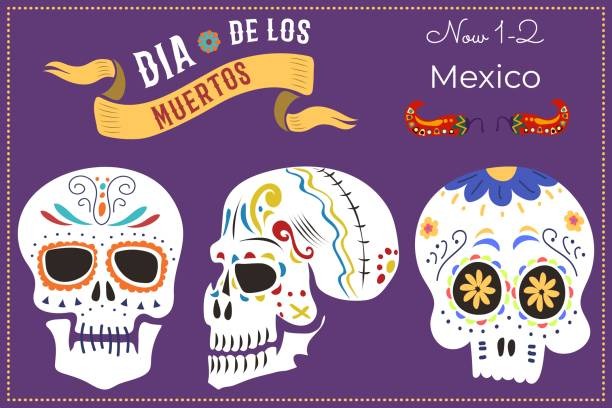When it comes to revising for exams, choosing the right study method can make a big difference. You might wonder whether digital flashcards or traditional notes help you learn more effectively. Both have their benefits, and understanding these can help you decide which fits your style. Keep reading to find out which method suits your revision needs best.
Understanding Digital Flashcards
Digital flashcards are electronic cards that show a question or prompt on one side and the answer on the other. You can use apps on your phone or computer to create and review these flashcards anytime. One advantage of digital flashcards is their convenience. They let you study on the go, whether you’re on a bus or during a break.
Apps often include features like spaced repetition, which show you flashcards more frequently when you find them difficult. This technique might improve memory by focusing on tricky topics. Additionally, digital flashcards save space compared to piles of paper and can easily be organised or edited.
Using digital flashcards can also integrate well with other study tools. For example, Save My Exams offers flashcards alongside revision notes and past papers to help students prepare efficiently for their AP exams.
Benefits of Traditional Notes
Traditional notes usually involve writing down important points by hand in a notebook or on paper. Many students find that the physical act of writing helps with memory. Writing by hand forces you to slow down and process information, which might deepen understanding.
Notes can be more flexible than flashcards, allowing you to add diagrams, summaries, and highlights in a way that fits your learning style. For some, seeing all information laid out in one place is easier than reviewing isolated flashcards.
Moreover, traditional notes don’t rely on devices or internet access, so you can study anywhere without worrying about battery life or distractions.
Comparing the Two Methods
Both methods have unique strengths. Digital flashcards offer portability and built-in review systems, which might suit those who prefer quick, repeated testing. Traditional notes encourage deeper processing and might work better if you like to organise and connect ideas visually.
It’s also worth noting that combining both methods can be effective. You might start by making detailed notes, then summarise key points into flashcards for review. This mix helps with both understanding and memorisation.
What Should You Choose?
Deciding between digital flashcards and traditional notes depends on your learning habits and the subject you’re revising. If you prefer active recall and quick review sessions, digital flashcards could be more helpful. If you like thorough note-taking and visual learning, traditional notes may suit you better.
Try both methods and observe which one helps you retain information more effectively. Remember, the goal is to use study tools that keep you motivated and confident in your revision.
Selecting your study method is just one part of revision. Using reliable resources, which offer both notes and flashcards tailored to your exam board, can support you every step of the way. Keep exploring and adapting your revision techniques to achieve your best possible grades.





Leave a Reply